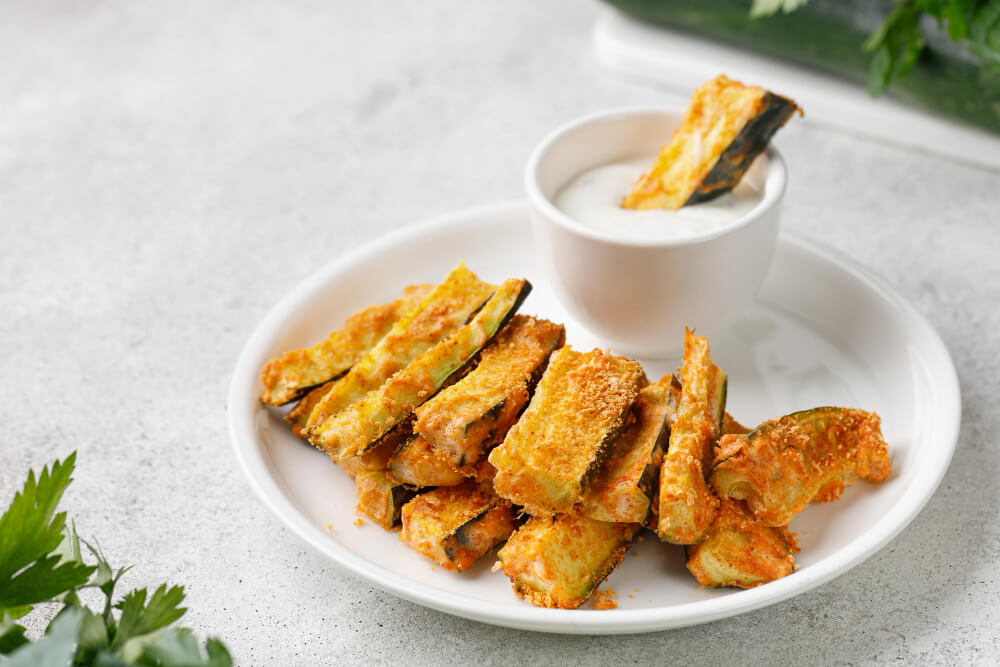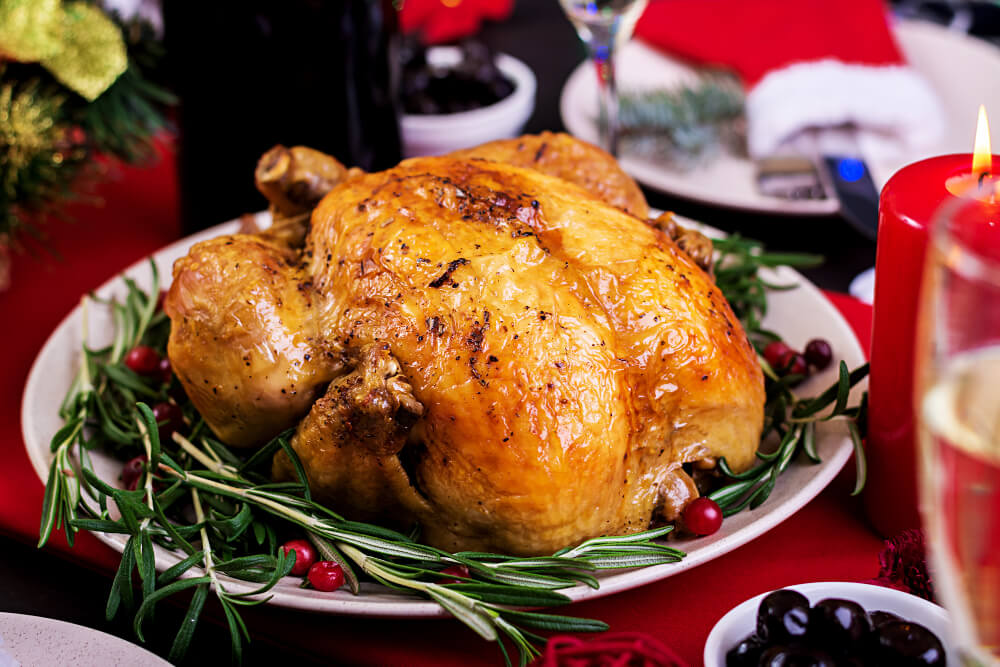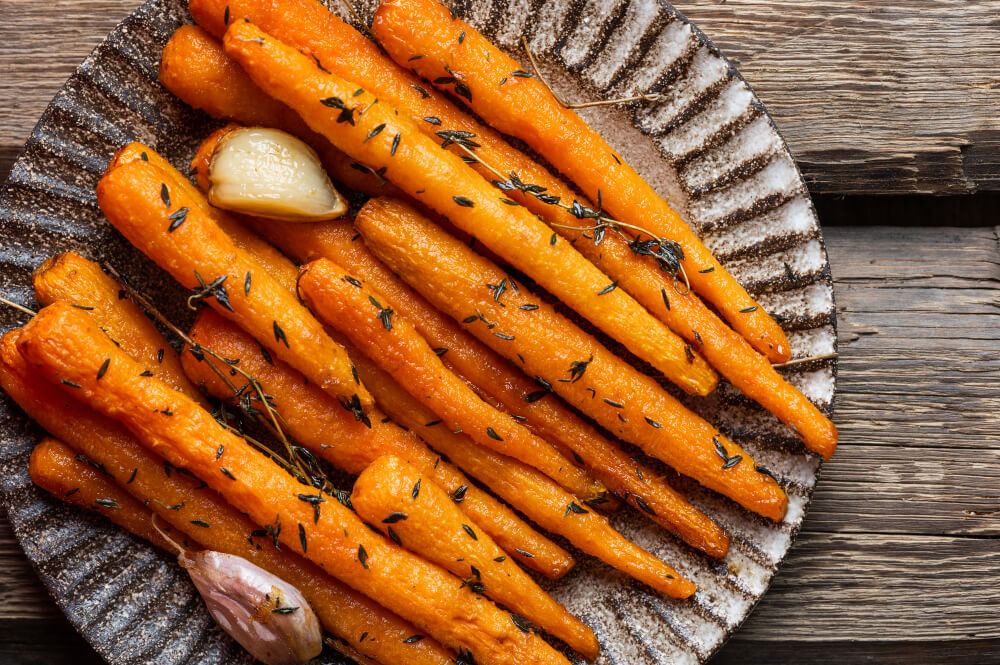
Looking for the best pans for cooking fish? You're in the right place! When you think of a fry pan, meat such as pork and beef comes to mind. But you can also use fry pans for fish. And when you do, it's important to have a good-quality pan that will help ensure your fish is cooked just right—and every time! If this sounds like something you're interested in, read on for our review of the best pans for cooking fish and tips on choosing one that's right for you.
Is a cast iron pan good? Do you need a carbon steel or nonstick pan to fry or grill a piece of fish? In this article, we'll answer these questions and more. We'll also give you tips on choosing the best pan for cooking fish and our top picks for each type of pan.
Different Types of Pans
The cooking surface of a pan is one of the most important things to consider when buying a new one. It’s not just about how well the pan heats up and how evenly it distributes heat. It’s also about how easy to clean and maintain and how durable it will be over time.
Regardless of the type of fish you plan to cook, whether a whole fish or filets, choosing the right pan to cook your fish without burning it or sticking to the pan is very important. Different types of pans are available on the market today, each with its own benefits and drawbacks.
Here’s a list of some of the most common types:
Cast Iron Pan

Cast iron pans are a popular choice for preparing fish and cooking it perfectly. This type of pan is made from cast iron and can be used on any type of stovetop or even in the oven. Here are some of the benefits and drawbacks of using a cast iron pan for cooking fish:
Benefits:
- Superior heat retention: Cast iron pans retain heat well, which is great for cooking fish evenly and achieving a nice sear.
- Durability: They are built to last and can be used properly for many years.
- Versatility: They can be used on any type of stovetop, including gas, electric, and induction, as well as in the oven.
- Non-stick: With proper seasoning and care, cast iron pans can develop a naturally non-stick surface, making them ideal for cooking delicate fish fillets.
Drawbacks:
- Heavy: They are quite heavy, making them difficult to handle, especially when cooking larger fish.
- Slow to heat up: They can take some time to heat up, which can be frustrating when you're in a hurry.
- High maintenance: Cast iron pans require regular seasoning and proper cleaning to maintain their non-stick surface and prevent rust.
- Reactivity: They can react with acidic ingredients, which can affect the flavor of the fish and cause it to discolor.
Non-stick Pan

A non-stick pan is a popular choice for cooking fish because it is an easy and convenient method, especially if you are deep frying. This pan is designed to prevent food from sticking, making it the perfect pan for frying fish without sticking to the bottom or falling fish meat apart.
The non-stick coating on the pan allows you to use less oil or butter, which is great for those looking for a healthier cooking method. It also makes cleanup a breeze, as food easily slides off the surface.
When it comes to cooking fish in a non-stick pan, there are a few tips to keep in mind.
- First, ensure the pan is preheated before adding the fish to ensure even cooking.
- Second, avoid using metal utensils on the surface, which can scratch and damage the non-stick coating.
- Third, be sure to use a spatula to gently flip the fish to avoid breaking it apart.
A non-stick pan is suitable for cooking delicate fish fillets, such as sole or tilapia, and heartier fish like salmon. It is also great for deep frying fish and creating a crispy, golden crust without worrying about the fish sticking to the bottom.
Carbon Steel Pan

Carbon steel pans are arguably the most popular choice for cooking fish because they are durable, conduct heat well, and can be used for various cooking methods. Here are some of the benefits and drawbacks of using a carbon steel pan for cooking fish:
Benefits:
- Great heat distribution: This can heat up quickly and evenly, ensuring that fish cooks through without burning.
- Versatility: Can be used on a variety of cooking surfaces, including gas, electric, and induction stovetops, making them a versatile option for cooking fish.
- Lightweight: They are relatively lightweight, making them easy to handle, even when cooking larger fish.
- Naturally non-stick: Develops a natural non-stick surface with use, which makes them a great option for cooking fish easily and preventing sticking.
- Pan size: Comes in various sizes, so you can choose one that fits the size of the fish you are cooking.
Drawbacks:
- Seasoning required: They require seasoning to prevent rusting and maintain their non-stick surface, which can be time-consuming.
- Maintenance: They must be hand washed and dried thoroughly to prevent rust and maintain their non-stick surface.
- Fish frying pan: They are not specifically designed for fish frying, so you must be careful when cooking fish skin to prevent sticking.
- Higher cost: They can be more expensive than other types of pans on the market.
Grill Pan

An oven safe choice for a fish pan is a grill pan, which can provide a delicious smoky flavor and beautiful grill marks to your fish.
Here are some of the benefits of using a grill pan for cooking fish:
- Excellent heat distribution: Grill pans heat up evenly, ensuring that fish cooks through without burning.
- Perfect grill marks: They leave beautiful grill marks on the fish, adding an extra element of visual appeal to your dish.
- Easy cleanup: They are typically easy to clean, especially with a non-stick coating.
- Can be used indoors: With a cast iron grill pan, you can get that delicious flavor even if you can't grill outdoors.
- Versatile: It can be used on any type of stovetop, making them a versatile option for cooking fish.
However, there are also some drawbacks to using a grill pan for cooking fish:
- Limited size: Grill pans typically come in smaller sizes, so they may not be suitable for cooking larger fish fillets or whole fish.
- Can be difficult to flip fish: It can be difficult to flip fish in because of the ridges, so you need to be careful not to break the fish apart.
- Seasoning: Some grill pans require seasoning to prevent rust and maintain their non-stick surface.
Broiler Pan

Another pan to cook fish: the broiler pan. This pan is perfect for cooking whole fish, as it allows for even cooking and helps achieve that crispy texture on the outside. It's also great for cooking fish for one, making it a convenient option for those who want a healthy and delicious meal without having to make a lot of food.
- Helps cook whole fish evenly
- Allows for crispy texture on the outside of the fish
- Ideal for cooking fish for one person
- The slotted top allows excess oil and moisture to drip down, resulting in healthier, crispy fish
- Easy to clean due to the removable slotted top
- Versatile pan that can be used for other types of food as well
Drawbacks:
- Can be more expensive than other types of pans
- The slotted top can make cooking certain types of fish difficult, such as those with delicate skin that may stick to the slots.
- Not suitable for cooking larger fish as it may not fit in the pan.
Copper Pan

While this is a very unusual pan for cooking fish, there are some commercial kitchens that still use copper pans because they’re known for their ability to cook food evenly. The pan is made of pure copper, which means it won’t react with any foods and can be used to cook anything from fish to meat.
Benefits of a Copper Pan for Cooking Fish:
-
Excellent thermal conductivity: Copper is known for its superior heat conductivity, which means that it heats up quickly and distributes heat evenly across the pan's surface. This ensures that your fish is cooked evenly without any hot spots.
-
Non-reactive: Copper pans are non-reactive, which means they won't react with the acids in the fish, ensuring that the taste of the fish is not affected.
-
Durability: They are very durable and can last long with proper care.
-
Aesthetically pleasing: They have a beautiful, shiny appearance that adds an elegant touch to your kitchen.
Drawbacks of a Copper Pan for Cooking Fish:
-
Expensive: They are generally more expensive than other pans, which may not fit everyone's budget.
-
Requires maintenance: They require regular maintenance to keep them looking their best. They need to be regularly polished and cleaned to prevent discoloration and oxidation.
-
Not dishwasher safe: Copper pans are not dishwasher safe and should be washed by hand, which can be time-consuming.
-
Prone to scratching: Copper pans are prone to scratching, affecting their performance and appearance over time. Care needs to be taken when using metal utensils.
Things You Need to Consider When Buying Pans
Now that we're through with some of the most common types of pans for frying and searing fish, let's talk about some of the factors you need to consider when in the market for one.
Material
One of the most important factors to consider is the material of the pan. Several options include stainless steel, cast iron, aluminum, and copper. Each material has its pros and cons.
Stainless steel is durable and easy to clean, but it's not the best option for cooking delicate fish. Cast iron is great for searing and frying but can be heavy and require seasoning. Aluminum is lightweight and heats up quickly but can react with acidic ingredients. Copper is a great conductor of heat, but it's also the most expensive option.
Size and Shape
Another factor to consider is the size and shape of the pan. If you're cooking whole fish, you'll need a large pan to accommodate it. Oval fish pans are great for cooking fish that are too large for a traditional round pan.
The shape of the pan can also affect how the fish cooks. A shallow pan is great for frying fish, while a deeper pan is better for poaching or steaming.
Cooking Oil
When cooking fish, it's important to use the right type of cooking oil. Oils with a high smoke point, such as vegetable, canola, or grapeseed oil, are best for frying or searing. If you're looking for a healthier option, you can also use olive oil, but it has a lower smoke point and can leave a bitter taste if overheated.
Need a Pan or a Set?
Consider whether you need just one pan or a set. If you only cook fish occasionally, one good quality pan should suffice. However, if you plan on cooking fish frequently or want a variety of pan sizes and shapes, a set might be a better investment.
Crowd Size
If you're cooking for a crowd, it's important to choose a pan that's large enough to accommodate the amount of fish you need. A larger pan or a fish poacher can be great options for cooking multiple fish at once.
Price
Lastly, consider your budget. Pans for cooking fish can range from budget-friendly to high-end. While opting for the cheapest option is always tempting, remember that a good quality pan can last you for years.
FAQs
Do You Need a Special Pan for Fish?
While some people prefer a specific type of pan for their fish, most people can use any type of pan that they have on hand. However, if you want to ensure that your fish comes out crispy and delicious, then it is a good idea to invest in a dedicated frying pan for seafood. This will ensure that your food does not stick to the surface or burn since it is specifically made for cooking fish and other types of seafood.
Is a Nonstick Pan Good for Frying Fish?
Yes. A nonstick pan is the best choice if you want a hassle-free frying pan. This pan will allow you to cook your fish without worrying about it sticking to the surface or burning due to oil splatter. They can also be used to cook any other type of food virtually, so if you want a new frying pan, then nonstick is a good choice. They are also easy to clean and maintain since they do not require much effort on your part.
Is It Better To Fry Fish in a Cast Iron Skillet?
Based on several testimonies of professional chefs, home cooks, and other cooks, it seems that the best frying pan for searing fish is a cast iron skillet. It can be used to cook any type of food, including fish, but it is especially great for searing because it has a thick layer of enamel on the surface, which helps lock in moisture while preventing your food from sticking to the surface.
How Do You Keep Fish From Sticking to Stainless Steel Pans?
This is one of the most common problems of cooking with stainless steel pans, especially if you don’t know the proper cooking method and seasoning your pan's surface. But the trick is easy. You just have to heat your pan properly and add some oil to the surface. This will help prevent food from sticking to the pan and make cooking easier. Another tip is to use enough cooking spray when cooking fish in stainless steel pans so there is no chance for anything to stick.
Conclusion
In a nutshell, a cast iron skillet would be the perfect option if you want to achieve a perfect searing and browning effect on your fish. It helps cook food evenly without worrying about hot spots, common in stainless steel pans.
However, trying other pans like those mentioned above is not bad. It really boils down to one's preference and tool availability. And, if you are planning to purchase one, consider different things such as the price, material used, shape, and size of the pan.
And oh! Before we forgot. Since you are in the market for kitchen tools, why not get a wooden cutting board for your home's kitchen? Mevell offers many choices of high-quality, eco-friendly wood cutting boards that are aesthetically pleasing and functional.
Mevell's cutting boards are made from high-quality maple, cherry, and walnut wood. They are durable enough to last a lifetime and look good on your kitchen countertop. Contact us today, or feel free to explore our website and find the right one for you!



